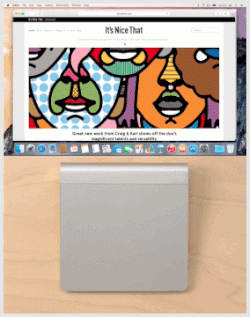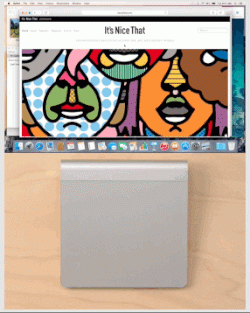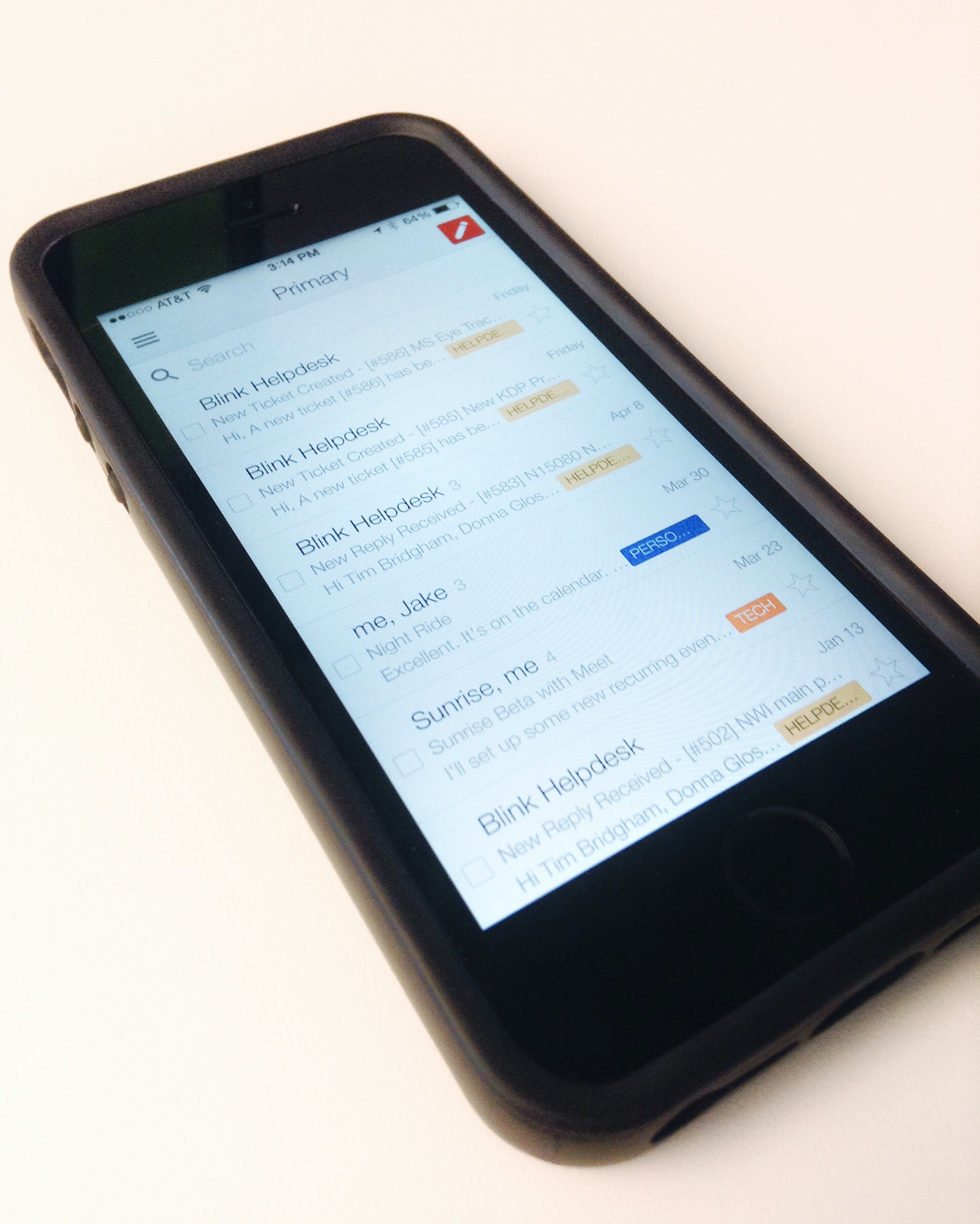Last week I volunteered part of my day to the 2015 Bike/Pedestrian Count as a part of the Washington State Bicycle and Pedestrian Documentation Project. I chose to spend my time counting cyclists and pedestrians for two main reasons. Firstly, as a bike commuter, I want to see continued improvements made for non-traditional commuters in a city where congestion and traffic seems to be getting worse and worse. And secondly, I can get behind the approach in which WSDOT and the Cascade Bicycle Club are using to drive change: through the collection of data.
Sunrise at the intersection of the Duwamish Trail and the W. Seattle Bridge Trail.
When I moved from Kansas City to Seattle just over two years ago it was clear to me that Seattle is a much more bike friendly town than Kansas City. This is partly due to the temperate climate of Seattle but, more importantly, it is due to political support and the work of organizations like the Cascade Bicycle Club to make Seattle a more 'bikeable' city through the Seattle Bicycle Master Plan. Commuting to work on my bicycle seemed like the obvious choice especially when my office provides bike storage and locker rooms. In 2014 I rode nearly 1120 miles on my bike and this year I’ve already surpassed that number.
When I learned that volunteers were needed to count cyclists as a part of the effort to make Seattle more 'bikeable' I knew I wanted to help. I was especially excited to learn more about why we would be counting commuters at key locations throughout the city. The Washington State Bicycle and Pedestrian Documentation Project is “an annual bicycle and pedestrian count taken at locations throughout Washington State in nearly 50 jurisdictions. Data collected from these counts will be used to monitor success in increasing bicycle and pedestrian travel as identified in the Washington State Bicycle Facilities and Pedestrian Walkways Plan while also providing critical data to support improvements to bicycle and pedestrian facilities.”
The key part of this project is that “counting bicyclists and pedestrians at specific locations will help us to more accurately estimate demand, measure the benefits of investments, and design our projects. This information will also help us target safety and mobility projects and improve our traffic models.”
I see the positive way in which data can drive good decision making everyday at the user experience firm where I work. Our goal is that the user research we do informs the designs we produce. I too feel that important decisions, including how to make Seattle more "bikeable", should be made with good supporting data. This concept, 'data-driven-decisions', is standing out as a key component to creating great user experiences.
I hope the information I collected helps to make improvements for the fellow commuters in my neighborhood. So how are things looking?
Here are the numbers for the morning commute at the intersection where I counted since 2009:
2009 - 139 | 2010 - 123 | 2011 - 289 | 2012 - 258 | 2013 - 233 | 2014 - 315 | 2015 - 308
Cyclist counted at the intersection of the Duwamish Trail and the W. Seattle Bridge Trail from 2009 to 2015.
At least for my intersection, it looks like the numbers overall are trending up but I’ll leave it to the Washington State Bicycle and Pedestrian Documentation Project folks to really crunch the numbers.
Bike commuting back in May 2014.
#bikeseattle









